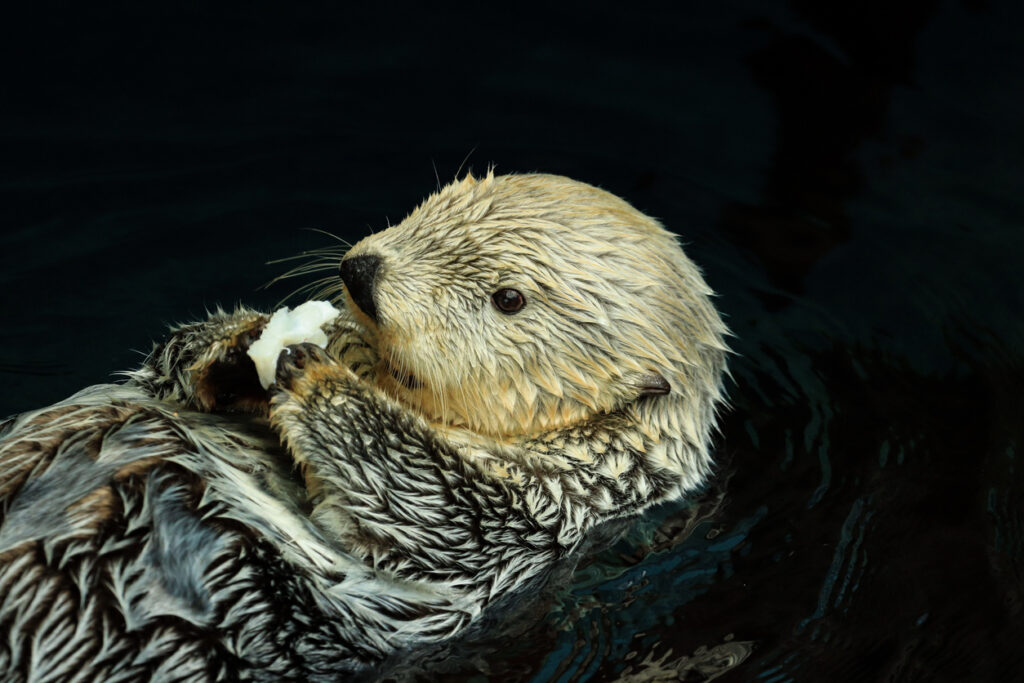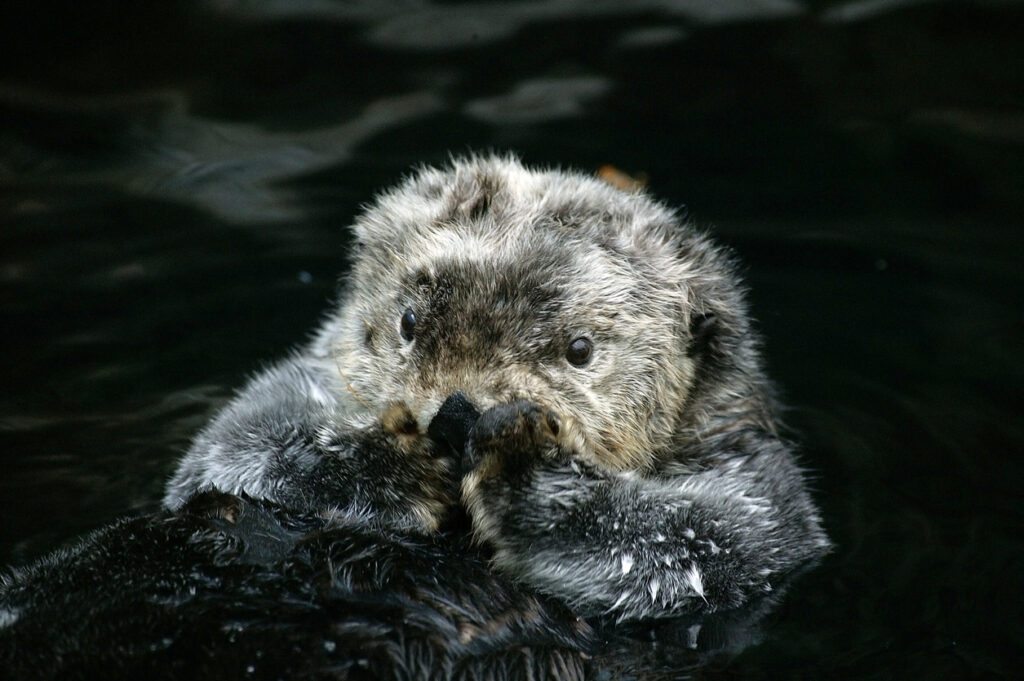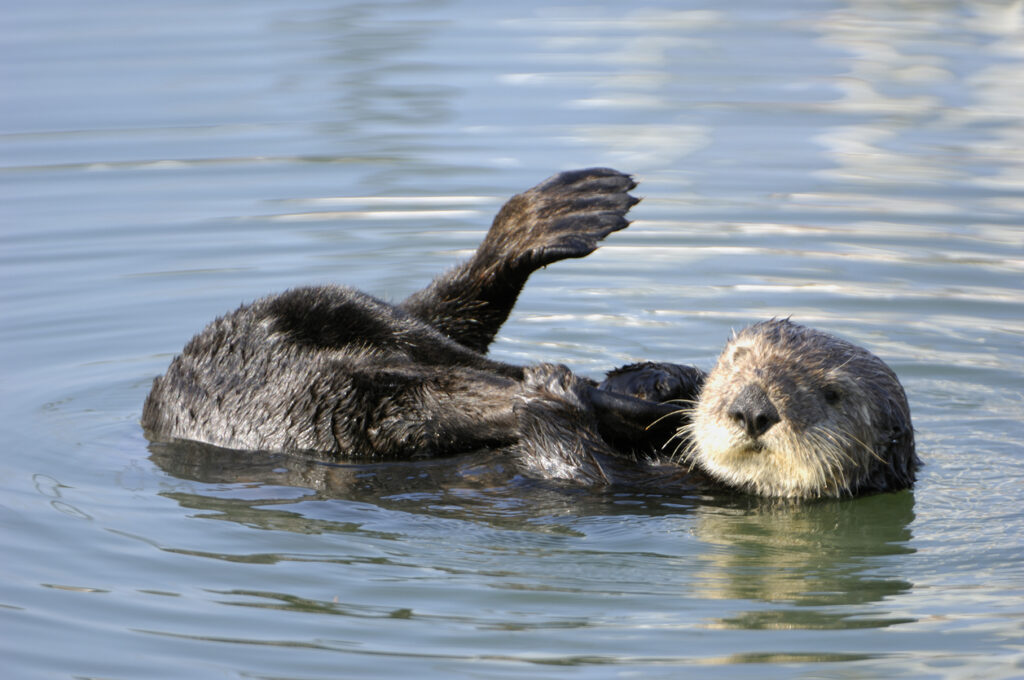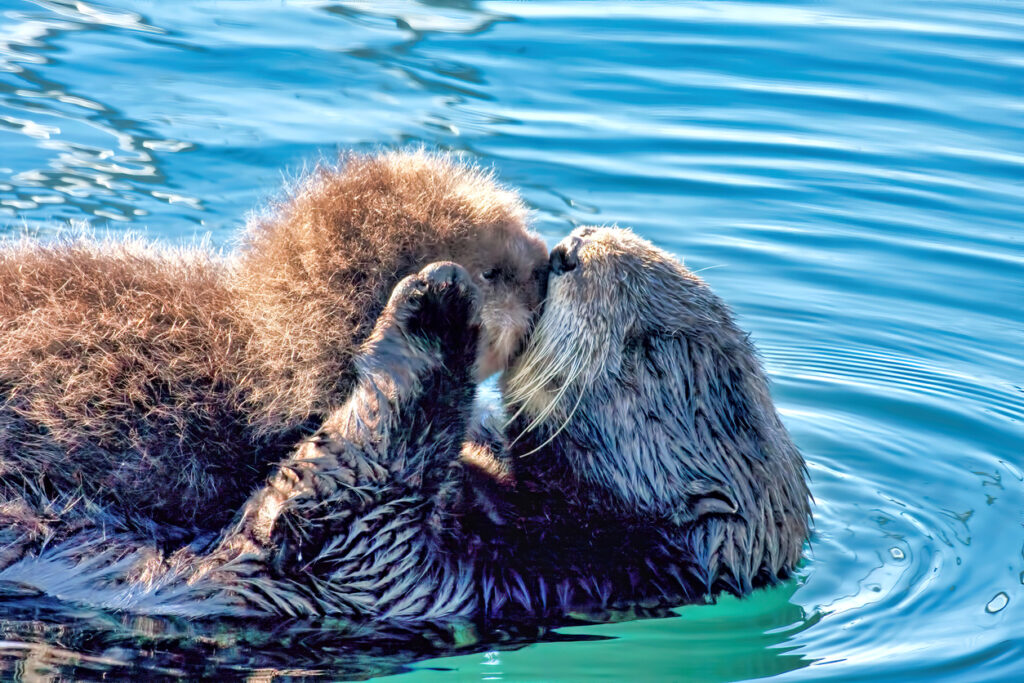What’s the longest amount of time you’ve ever spent in front of the mirror, grooming?
It’s probably not as long as a sea otter. Sea otters can spend between 11 and 48 percent of their time grooming or, as marine mammal curator at the Vancouver Aquarium Nadine Trottier says, around five hours a day.
What compels this behaviour? It isn't vanity; it's survival.
Sea otters live along the Pacific coast of North America with healthy populations in Alaska. Unlike other cold-water animals, they don’t have thick layers of blubber to keep them warm in frigid waters.





